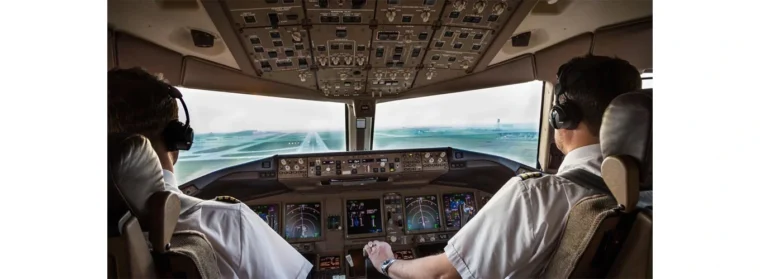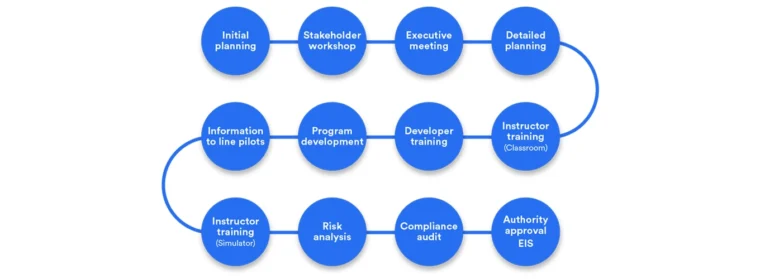What separates competency-based training and more traditional approaches is the focus on underlying performance. Very simply this means why something happened. It may be a threat (operational complexity) which is effectively managed by pilots, or a threat where the management didn’t go as planned. To focus on learning, we need to understand the process for managing complexity. In EBT and the latter phases of CBTA we observe performance across a range of tasks executed in real-time, with real-time threats. With good observations, we are trying to find the competency or competencies that will help each pilot to improve themselves individually. We originally defined this as “root cause” analysis but having worked with many airlines we feel that the implication of this is that something has gone “wrong”. EBT and CBTA should be designed to tailor learning to the individual. In many cases nothing has gone “wrong” according to our previous expectation of “minimum standards” but to help the individual improve, there is something underlying which can make performance even better. We define this as the underlying, or Salient competency.
To take a simple example, a First Officer is observed being slightly reticent as pilot monitoring, in calling deviations or advising the Captain in a timely manner. This leads to undesired states, for example, an unstable approach or a mismanaged go around, or weather penetration for example. The First Officer monitors effectively and shows the correct response by intervening, but interventions are always a little late. We have good leadership and teamwork which is hindered by late communication which lacks clarity and appropriate tone. Tailored learning in assertive communication can be achieved in Scenario Based Training and/or In-Seat-Instruction will help the First Officer improve his or her performance. As a result, those good monitoring and error detection skills will be used more effectively with good leadership thoughts and more assertive and effective communication. This is what we mean by “underlying” competency. Addressing it helps each individual improve performance in an area that impacts performance as a whole. This contrasts starkly with the repetition of maneuvers to reach a predefined standard of perfection. In critical situations, we often only have one chance to get things right, and so deliberate practice using exposure tailored to competency gives the right opportunity for pilots to fulfill their potential. Competencies are transferable, and the First Officer will be able to apply the learning across a range of situations:
Competency-based training and assessment is based on the concept that competencies are transferable.
ICAO Doc 9868 Third Edition, 2020 – Attachment A to Chapter 2, 3.2
One of our customers, Jetstar, achieved a 96% reliability for instructors identifying salient competencies in less than 2 years. This is a great result and comes from a careful and deliberate focus on instructor training to achieve the goal. When combined with an effectively facilitated debrief the salient competency is the takeaway, or how each individual can improve performance because it’s what they learned and not what the instructor told them they did wrong.
Here is some feedback from a customer having complete classroom instructor training an FSTD coaching:
“It was interesting to learn about the term “resilience”, which we then tried to demonstrate on the simulator training. The format of simulator training is very interesting. Pilots are constantly in multitasking mode, you need to process a large amount of information, make decisions, implement them, and so constantly in a lack of time. Here you can immediately see how the crew will really work in a difficult emergency situation. At the same time, minor deviations and inaccuracies in their work, which we constantly pay attention to with the traditional approach, go to the background, and the big picture comes to the fore, this is the ability to resist various threats.
When conducting debriefing, I liked that the instructor does not need to directly point out the mistakes made. The pilot himself understands what was wrong in his work, when conducting reflection, the Instructor only helps him in this. After training, I wanted to take the FCOM, FCTM and re-study some sections.”




